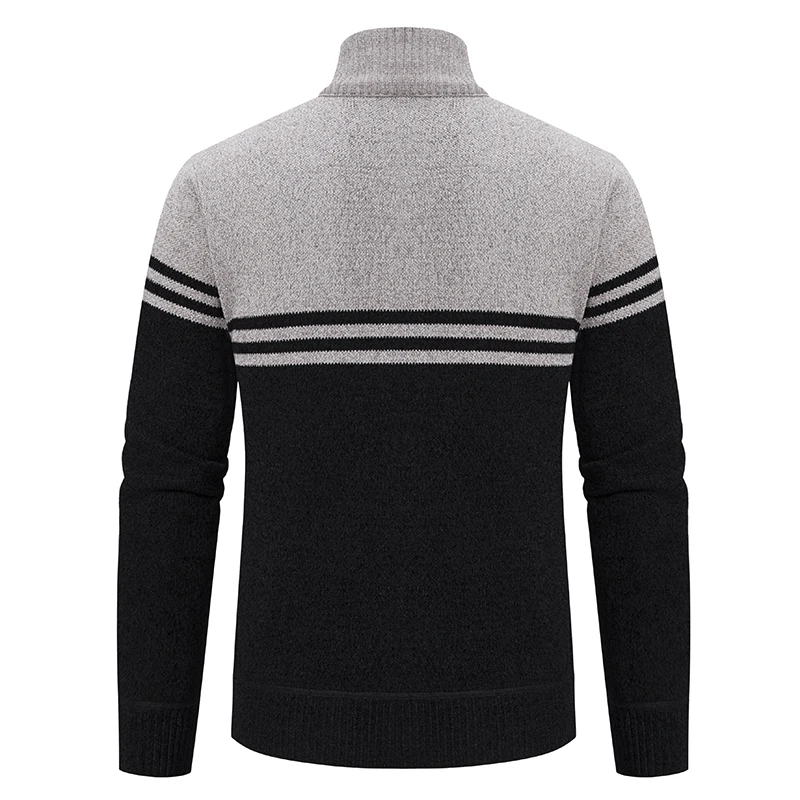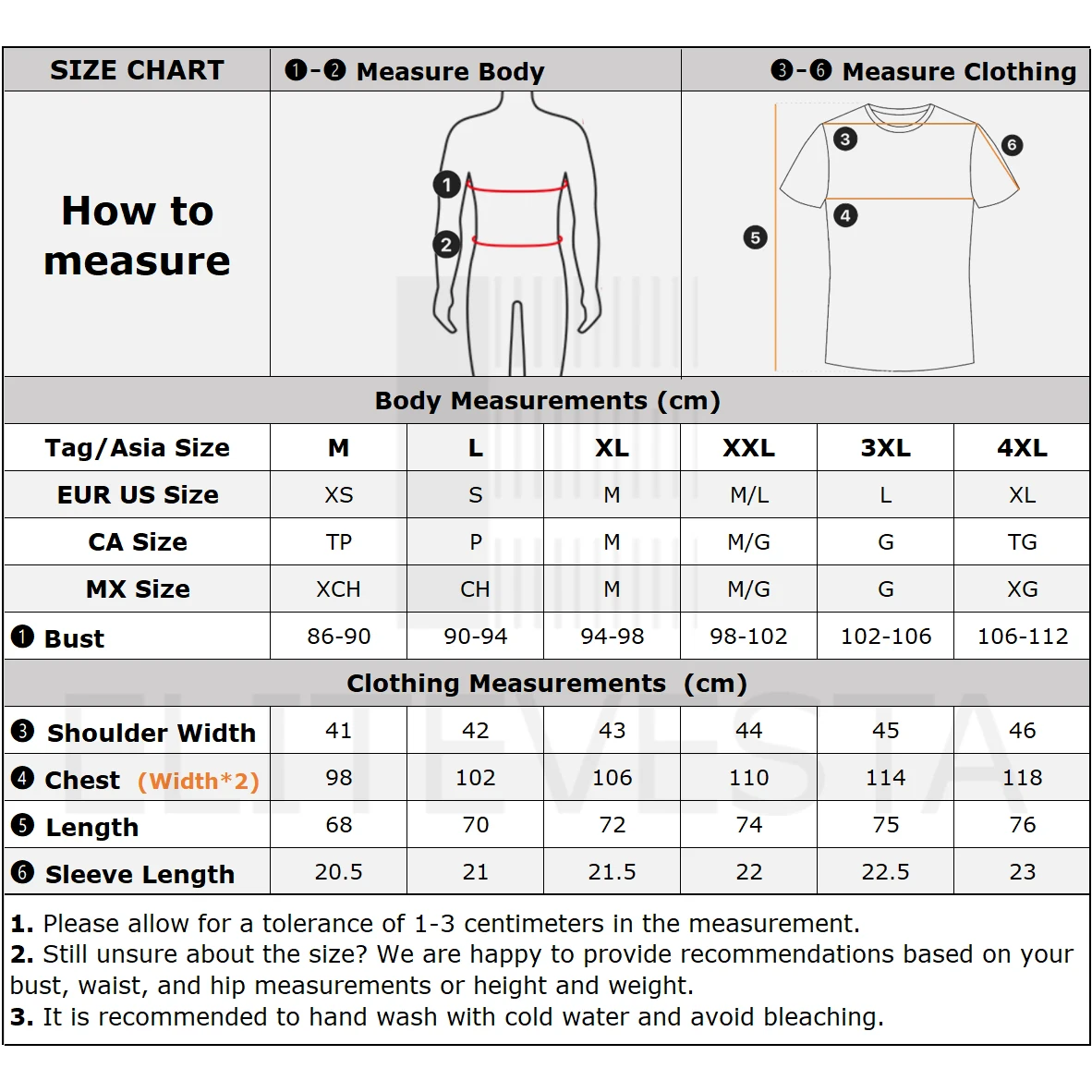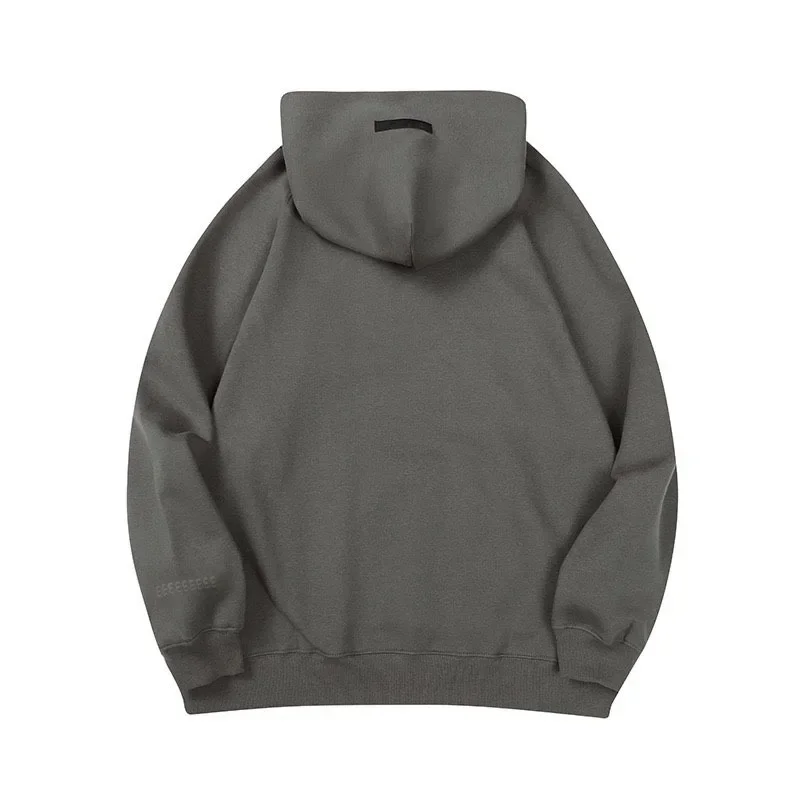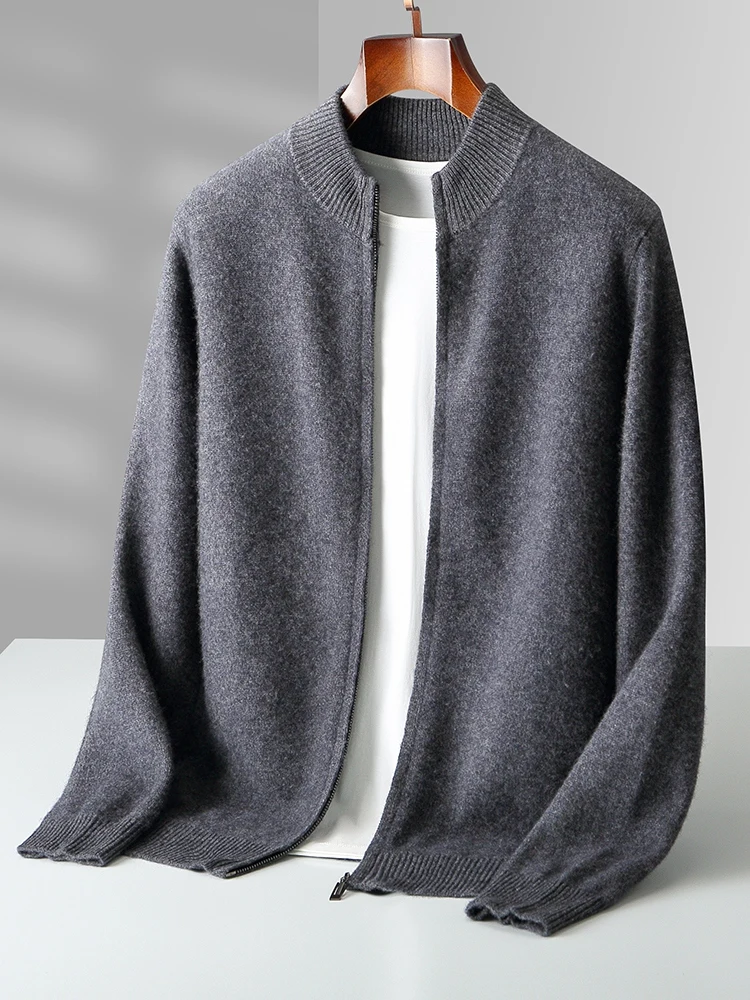Understanding Cashmere and Why It Pills
Cashmere is one of the most luxurious natural fibers in the world, prized for its exceptional softness, lightweight warmth, and delicate feel against the skin. This premium material comes from the fine undercoat of cashmere goats, which develop this insulating layer to withstand harsh winter temperatures. What makes cashmere so special is its remarkable combination of properties: incredible warmth despite its lightweight nature, breathability, and that unmistakable gentle touch against your skin.
Despite its luxury status, cashmere has one common challenge that concerns many garment owners: pilling. Pilling refers to those small, fuzzy balls that form on the surface of fabric. These little nuisances develop when loose fibers become tangled and twisted together through friction and regular wear.
The science behind pilling is straightforward. When your cashmere sweaters experience friction—whether from rubbing against itself, other fabrics, or surfaces—some fibers loosen from the main yarn structure. These loose fibers then tangle with nearby fibers, forming those small balls or “pills” on the surface. This process happens more readily with cashmere because of its fine, soft nature.
Even the highest quality cashmere can pill, though to varying degrees. Premium cashmere typically features longer fibers (exceeding 36mm in length) and finer diameter (under 16 microns in thickness). These longer fibers tend to remain more securely anchored within the yarn structure, resulting in less pilling compared to shorter fiber cashmere. However, it’s important to understand that some degree of pilling is a natural characteristic of this luxury material.
Many cashmere owners don’t realize that initial pilling is actually normal and often decreases over time. As the shortest, weakest fibers work themselves to the surface and are removed, the remaining longer fibers create a more stable fabric structure. This is why cashmere cardigans worth investment often improve in appearance after proper care and initial pill removal.
Understanding the nature of cashmere helps set realistic expectations and appreciate why specific prevention techniques are essential for maintaining its luxurious quality for years to come.
How to Identify Quality Cashmere That Pills Less
Not all cashmere is created equal, and learning to identify higher quality cashmere can significantly reduce your pilling concerns from the start. Premium cashmere naturally resists pilling better due to its fundamental characteristics.
When shopping for cashmere, the touch test provides valuable initial information. High-quality cashmere should feel incredibly soft and light, with a subtle silky smoothness. If it feels scratchy, overly fuzzy, or unusually heavy, these could be signs of lower-grade fibers or blended materials that may pill more readily.
Understanding cashmere grades helps inform your purchasing decisions. The grading system primarily reflects fiber diameter and length, both crucial factors in pilling resistance:
| Grade | Fiber Length | Thickness | Pilling Tendency | Feel |
|---|---|---|---|---|
| Grade A | >36mm | <16 microns | Lower | Softest |
| Grade B | 28-36mm | 16-19 microns | Moderate | Soft |
| Grade C | <28mm | >19 microns | Higher | Less soft |
When examining potential purchases, look for labels indicating Grade A cashmere, as the longer fibers significantly reduce pilling potential. However, be aware that grading isn’t always standardized across the industry.
Another useful test is the “pinch test” for assessing fabric density. Gently pinch the fabric between your thumb and forefinger—quality brushed cashmere sweaters should have enough density that you can’t easily see through the material when held up to light. Looser knits with visible gaps between fibers often pill more readily as there’s less structural support keeping fibers in place.
Examine the label for details about ply count. Two-ply cashmere (where two yarns are twisted together) typically offers better durability and pill-resistance than single-ply options. Look also for information about where and how the cashmere was processed, as traditional methods often yield superior results.
While even premium cashmere requires proper care, starting with high-quality garments creates a foundation for longevity and reduced maintenance challenges. The investment in better-quality cashmere typically pays dividends through extended garment life and reduced pilling issues.
Essential Washing Techniques to Prevent Pilling

Proper washing is perhaps the most crucial aspect of preventing pilling in cashmere. The way you clean your cashmere directly impacts how the fibers behave and whether they’re likely to tangle and form pills.
Hand washing is the gold standard for cashmere care and pill prevention. Follow these steps for optimal results:
Prepare your washing solution: Fill a clean basin or sink with lukewarm water (65-75°F or 18-24°C)—never hot, as heat can damage the fibers. Add a small amount of mild detergent specifically formulated for wool or cashmere. In a pinch, baby shampoo works well as it’s gentle and pH-balanced.
Soak properly: Fully submerge your cashmere garment and gently press it down to allow water absorption. Avoid any wringing, twisting, or scrubbing motions. Let the item soak for 10-15 minutes.
Minimal agitation: Gently swirl the water occasionally, but avoid rubbing the fabric against itself, which creates friction that leads to pilling.
Rinse thoroughly: Drain the soapy water and refill with clean, cool water. Gently press the garment in the water to remove soap. Repeat until no soap remains.
Remove excess water: Never wring or twist cashmere. Instead, press the garment against the side of the basin, then lay it flat on a clean towel. Roll the towel with the garment inside to absorb moisture.
If hand washing isn’t possible, machine washing can be done with extreme caution:
* Use a mesh laundry bag to reduce friction
* Select the gentlest cycle available (delicate/wool)
* Use cold water only
* Turn the garment inside-out
* Wash with similar items only—never with rough fabrics like denim
The ultimate guide to cashmere care washing emphasizes that washing frequency matters too. While it might seem counterintuitive, regular gentle washing (after every 2-3 wears, or at least before storing) actually helps prevent pilling. Cleaning removes dirt particles and skin oils that can break down fibers and cause them to pill more easily.
Always wash your cashmere before storing it for extended periods. This prevents any lingering oils or particles from attracting moths or causing permanent damage to fibers. Proper washing not only prevents pilling but also maintains the elegant appearance essential for styling cashmere cardigan versatile looks.
Proper Drying Methods to Maintain Fiber Integrity
How you dry your cashmere is just as important as how you wash it. Improper drying can distort fibers, create tension that leads to pilling, or permanently damage your garment’s shape.
After washing, never hang cashmere to dry. The weight of the wet fibers will cause the garment to stretch out of shape, weakening the structure and potentially causing sagging that increases friction and pilling. Instead, follow these best practices:
Do:
* Gently press (don’t wring) excess water from the garment
* Lay the cashmere flat on a clean, dry white towel
* Reshape the garment to its original dimensions while damp
* Allow air circulation around the garment
* Flip the item halfway through drying for even results
* Be patient—complete drying typically takes 24-48 hours
Don’t:
* Use a clothes dryer (even on low heat)
* Hang the garment while wet or damp
* Place cashmere in direct sunlight
* Position near direct heat sources like radiators
* Rush the drying process with hairdryers or heaters
For faster drying, you can replace the towel beneath the garment with a dry one after a few hours, which helps absorb more moisture. However, avoid moving the garment too much during this process.
The ideal drying environment is cool, well-ventilated, and away from direct sunlight. Sunlight can fade colors and potentially weaken fibers, making them more susceptible to pilling later.
Once your cashmere is completely dry, give it a gentle shake to revitalize the fibers before folding. This helps maintain that characteristic cashmere fluffiness while keeping fibers aligned to resist pilling. Learning to store cashmere properly complements these drying methods, ensuring your garments remain in pristine condition.
Strategic Wearing Habits That Minimize Friction
Even with proper washing and drying, how you wear your cashmere significantly impacts pilling. Understanding and modifying your wearing habits can dramatically extend your garment’s pill-free lifespan.
Friction is the primary culprit behind pilling, so identifying high-friction zones is essential. The most vulnerable areas include:
* Underarms
* Inner elbows
* Areas where bags or purse straps cross the body
* Cuffs and sleeves that rub against desks or tables
* Front areas that contact tables or counters
To minimize friction damage, consider these strategic wearing practices:
Layer wisely: Wear a light, smooth-fabric shirt underneath your cashmere. Silk, fine cotton, or smooth synthetic base layers create a protective barrier. The ultimate guide to layering cashmere cardigans provides excellent combinations that both protect your garment and look stylish.
Rotate your garments: Avoid wearing the same cashmere piece multiple days in a row. Give your cashmere at least 24-48 hours of rest between wears, allowing the fibers to recover and return to their natural position.
Be mindful of accessories: Crossbody bags, backpacks, and even certain jewelry can cause abrasion against cashmere. Consider how accessories interact with your cashmere cardigans and adjust accordingly.
Watch your environment: Be conscious of rough surfaces you might lean against. Office chairs, car seats with rough upholstery, and even some sofa fabrics can cause friction that leads to pilling.
Reduce friction during activities: For more active days, save your cashmere for calmer occasions. High-movement activities increase friction both within the fabric and against external surfaces.
By being strategic about when and how you wear your cashmere, you’ll significantly reduce the mechanical stress that leads to pilling, preserving that luxurious look and feel that makes cashmere so special.
Optimal Storage Practices for Long-Term Protection

How you store your cashmere when not in use dramatically affects its longevity and resistance to pilling. Proper storage prevents unnecessary friction, fiber stress, and pest damage.
The cardinal rule of cashmere storage is: never hang your cashmere garments. Hanging causes the weight of the fabric to pull downward, stretching the garment and weakening the fiber structure. Instead, always fold cashmere neatly. Here’s the correct folding technique:
- Lay the garment face-down on a clean, flat surface
- Fold sleeves back across the body of the garment
- Fold sides inward about one-third of the width from each side
- Fold the bottom up once or twice depending on garment length
- Place folded items in drawers or on shelves with space between them
For seasonal storage, follow this checklist:
* Clean garments thoroughly before storing (residual oils attract moths)
* Use acid-free tissue paper between folds to prevent creasing
* Place items in breathable cotton storage bags or pillowcases
* Add cedar blocks or lavender sachets as natural moth deterrents
* Store in a cool, dry place with 40-50% humidity
* Keep away from direct sunlight or artificial light that can fade colors
Avoid plastic storage containers or vacuum bags, as cashmere needs to breathe. Airtight environments can trap moisture, leading to mildew or fiber damage. If you must use plastic bins, ensure they’re not completely sealed.
Check stored items periodically throughout the off-season. This allows you to catch any pest issues early and gives you an opportunity to refold garments, preventing permanent creasing that can break fibers and contribute to pilling.
When returning cashmere to your wardrobe after storage, give each piece a gentle shake and allow it to air out for a day before wearing. This rejuvenates the fibers and removes any storage smells. Proper storage is crucial for maintaining the elegant drape and appearance necessary for creating stylish ways to wear cashmere cardigans.
Professional Tools and Techniques for De-Pilling
Despite your best prevention efforts, some degree of pilling may still occur. Having the right tools and techniques for removing pills safely is essential for maintaining your cashmere’s appearance.
Several effective de-pilling tools are available, each with specific advantages:
Cashmere Comb
* Best for: Light to moderate pilling on finer knits
* Technique: Hold the fabric taut and gently comb in one direction
* Advantages: Precise control, gentle on delicate fibers
* Caution: Work slowly to avoid catching and pulling good fibers
Sweater Stone
* Best for: Medium pilling on sturdier knits
* Technique: Lay garment flat and sweep the stone in one direction using light pressure
* Advantages: Natural pumice material, no batteries required, long-lasting
* Caution: Can be too abrasive if pressed too hard
Electric Fabric Shaver
* Best for: Heavy pilling or larger garment areas
* Technique: Move slowly across the fabric surface with the guard in place
* Advantages: Efficient for larger areas, typically adjustable settings
* Caution: Start with the highest guard setting to prevent accidental fabric damage
DIY Solutions
* Fine-tooth comb: Can work for light pilling when professional tools aren’t available
* New disposable razor: Use with extreme caution and very light pressure
* Adhesive lint roller: Good for removing loose pills after using other methods
When de-pilling women’s cashmere cardigans or any cashmere garment, follow these universal guidelines:
- Always work with the garment laying flat on a hard surface
- Test any tool on an inconspicuous area first
- Work in good lighting so you can clearly see what you’re doing
- De-pill when the garment is completely dry
- Move in one direction rather than back and forth
- Work gradually—multiple gentle passes are better than one aggressive session
For optimal results, de-pill your cashmere items at the first sign of pilling rather than waiting until pills become numerous and entrenched. Regular light maintenance is far gentler on fibers than intensive de-pilling sessions.
Emergency Care: Addressing Pills When They Appear

Sometimes pilling appears suddenly or more severely than expected, requiring immediate attention. Understanding how to assess and address these situations helps preserve your cashmere’s appearance without causing further damage.
First, assess the severity of pilling to determine the appropriate response:
* Light pilling: Small, sparse pills appearing primarily in high-friction areas
* Moderate pilling: More noticeable pills across larger areas, but not affecting the garment’s overall appearance
* Heavy pilling: Substantial pilling that alters the garment’s texture and appearance
For light to moderate emergency pilling situations, follow these steps:
- Stop wearing the garment immediately to prevent pills from becoming more embedded in the fabric
- Determine the cause if possible (rough bag strap, abrasive surface, etc.) to prevent recurrence
- Select the appropriate tool based on the severity and location of pills
- Work methodically across the affected area, keeping the fabric flat and stable
- Use gentle, directional motions rather than applying pressure or working frantically
For heavily pilled areas, particularly on precious items like long cashmere cardigans:
- Consider professional help from a specialty dry cleaner who offers de-pilling services
- If handling yourself, use multiple light sessions rather than one aggressive treatment
- Allow the fabric to rest between de-pilling sessions to see how it recovers
- Finish with a very gentle hand washing after pill removal to help reset the fibers
After addressing pills, take preventative measures to avoid recurrence:
* Inspect what caused the pilling (often a specific activity or item)
* Adjust wearing habits accordingly
* Consider using protective techniques like layering in vulnerable areas
* Schedule regular light maintenance to catch new pills before they worsen
Remember that some degree of pilling is normal with cashmere, and overly aggressive removal techniques can damage the fabric. The goal is to maintain your garment’s appearance while preserving the integrity of the remaining fibers.
Extending Cashmere Lifespan: Beyond Pill Prevention
Preventing pilling is just one aspect of comprehensive cashmere care. A holistic approach to cashmere maintenance ensures your luxury garments remain beautiful for many years beyond their expected lifespan.
Seasonal Maintenance Schedule:
* Spring: Final gentle cleaning before storage, de-pill as needed, prepare for summer storage
* Summer: Check stored items monthly, refold to prevent permanent creasing
* Fall: Refresh items coming out of storage, inspect for moth damage, light steam if needed
* Winter: Regular rotation of items, spot cleaning as needed, address pills promptly
Watch for these signs that indicate your cashmere turtlenecks or other items need special attention:
* Persistent odors that don’t dissipate after airing
* Thinning areas in the fabric (often at elbows or underarms)
* Loss of shape or elasticity
* Unusual texture changes beyond normal pilling
Cashmere Wrap Sweaters, Women's Cashmere Pullovers
$75.89 Select options This product has multiple variants. The options may be chosen on the product pageCashmere Cable Knit Sweaters, Women's Cashmere Pullovers
Price range: $111.82 through $112.93 Select options This product has multiple variants. The options may be chosen on the product pageCropped Cashmere Sweaters, Women's Cashmere Pullovers
$155.77 Select options This product has multiple variants. The options may be chosen on the product page- Price range: $102.02 through $109.37 Select options This product has multiple variants. The options may be chosen on the product page
Oversized Cashmere Sweaters, Plus Size Cashmere Sweaters, Women's V-Neck Cashmere Sweaters
$136.87 Select options This product has multiple variants. The options may be chosen on the product page- Price range: $108.11 through $130.03 Select options This product has multiple variants. The options may be chosen on the product page
Professional care has its place in cashmere maintenance. Consider expert help for:
* Stubborn stains that home treatment might set permanently
* Significant structural issues like holes or unraveling
* Extensive pilling that’s beyond home tool capabilities
* Annual deep cleaning for frequently worn items
With proper care, high-quality cashmere can last 10+ years while maintaining its luxurious feel and appearance. This longevity makes quality cashmere not just a luxury purchase but a sustainable investment in your wardrobe. The versatility of well-maintained cashmere means your lightweight cashmere cardigans can remain style staples for many seasons to come.
Common Myths About Cashmere Pilling: Facts vs. Fiction

Several persistent misconceptions about cashmere pilling can lead to improper care or unrealistic expectations. Let’s separate myth from reality:
Myth: Pilling always indicates poor quality cashmere.
Fact: Even the highest quality cashmere will develop some pills, especially in high-friction areas. The distinction is that premium cashmere typically pills less severely, and the pilling often diminishes after initial wears and proper maintenance.
Myth: More frequent washing increases pilling.
Fact: Properly washing cashmere actually helps prevent pill formation by removing dirt particles and oils that break down fibers. The key is using appropriate gentle techniques rather than avoiding washing altogether.
Myth: Fabric softeners protect cashmere against pilling.
Fact: Fabric softeners can actually make pilling worse by weakening fibers and leaving a coating that attracts dirt. Always avoid fabric softeners with cashmere.
Myth: Dry cleaning is always better for preventing pills.
Fact: While professional dry cleaning has its place, gentle hand washing is often more effective for removing the particles that contribute to pilling without exposing the garment to harsh chemicals.
Myth: Pills should be picked off by hand.
Fact: Pulling pills by hand often removes good fibers along with the pills, potentially creating weak spots in the fabric. Always use appropriate tools designed for pill removal.
Myth: New cashmere shouldn’t pill at all.
Fact: Initial pilling is normal as shorter, looser fibers work their way to the surface. Quality cashmere often “stabilizes” after these initial pills are properly removed.
Understanding these realities helps set proper expectations for your casual cashmere cardigans and other items. With this knowledge, you can approach cashmere care with confidence rather than concern.
Can Pilling Be Completely Prevented? A Realistic Approach
While complete prevention of pilling in cashmere is challenging, a realistic approach combines quality selection with proper care techniques to minimize its occurrence and impact.
Q: Is it possible to completely prevent cashmere from pilling?
A: Complete prevention is difficult because pilling results from the natural properties of cashmere fibers. However, you can dramatically reduce pilling through proper selection and care.
Q: Does all cashmere pill eventually?
A: Most cashmere will experience some degree of pilling, particularly in high-friction areas. The good news is that quality cashmere typically pills less severely, and the pilling often decreases after initial wears as loose fibers are shed.
Q: How much does quality affect pilling tendency?
A: Significantly. Longer fiber cashmere (Grade A) typically pills less because the fibers are more securely anchored in the yarn. However, even the finest cashmere can pill in high-friction situations.
Q: Should I avoid buying cashmere because of pilling concerns?
A: Not at all. Understanding that some pilling is normal helps set realistic expectations. The exceptional warmth, lightness, and comfort of cashmere make it worth the maintenance, especially since proper care techniques can minimize pilling.
The most balanced approach is to view minor pilling as part of cashmere’s natural life cycle rather than as a defect. This perspective is especially helpful when creating versatile outfit ideas with cashmere cardigans that can transition across seasons and occasions.
Other luxury materials have their own maintenance requirements—fine leather needs conditioning, silk requires careful washing, and even high-quality cotton benefits from proper care. The exceptional qualities of cashmere make it worth the modest maintenance efforts required.
For men’s cashmere cardigans and other items, understanding that some degree of pilling may occur helps set appropriate expectations while still appreciating the extraordinary qualities that make cashmere so desirable.
The Environmental Benefits of Extending Cashmere Lifespan

The care techniques we’ve discussed don’t just maintain the beauty of your cashmere—they contribute to more sustainable fashion practices. Extending the life of your cashmere garments has meaningful environmental benefits worth considering.
Cashmere production requires significant resources. Each cashmere goat produces only about 4-6 ounces (113-170 grams) of the downy undercoat per year, and it takes the yield from 3-4 goats to create a single sweater. When we extend a garment’s life through proper care and pill prevention, we effectively reduce the demand for new production.
The environmental impact comparison is striking:
* A well-maintained cashmere garment can last 10+ years with proper care
* Replacing cashmere items every 2-3 years (due to poor maintenance) quadruples the resource demand
* The carbon footprint of producing new garments far exceeds that of maintaining existing ones
By implementing the pill prevention and care techniques outlined in this guide, you’re participating in a more sustainable approach to luxury fashion. This aligns perfectly with the timeless nature of versatile cashmere cardigan styles that transcend fast fashion trends.
Estate Cloth’s commitment to exceptional quality cashmere supports this sustainability through longevity perspective. When garments are crafted to last, with premium fibers and construction techniques that resist excessive pilling, the environmental impact is naturally reduced.
The most sustainable garment is the one you already own and maintain properly. By preventing pilling and extending your cashmere’s lifespan, you’re making a choice that benefits both your wardrobe and the planet—proving that luxury and responsibility can beautifully coexist.







